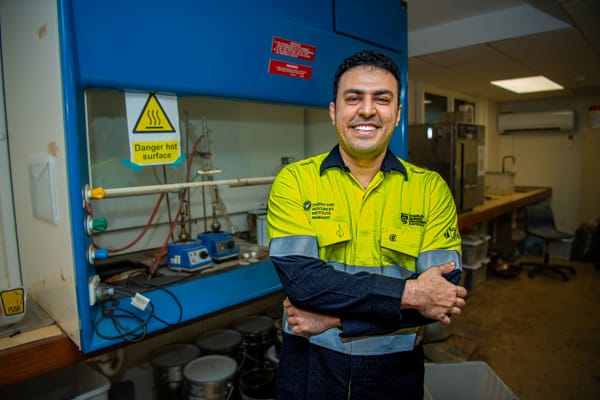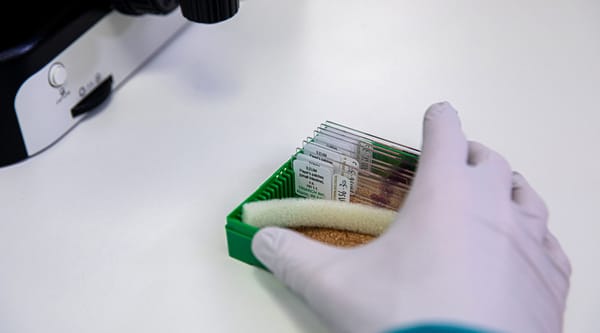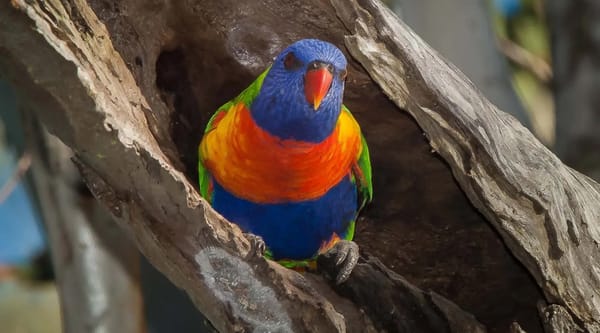BMX teaches a valuable lesson: Success requires hard work and failure
BMX bike riding goes beyond physical fitness; enhancing mental health, social connectedness and personal growth
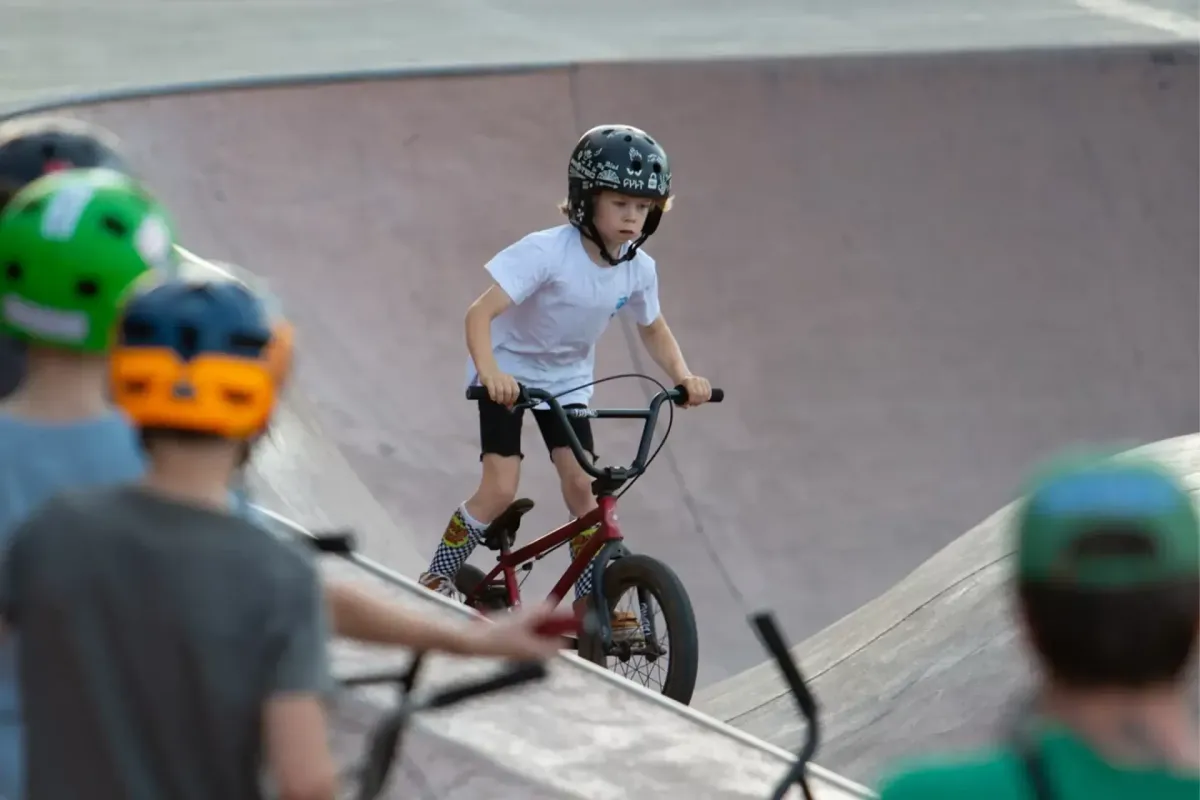
First published by the University of Melbourne
By Dr Dave Camilleri
BMX riding (short for bicycle motorcross) is more than just a sport. I first started riding BMX in 1995. What was meant to be a mode of transportation quickly became access to joy and freedom, and pushed me to my limits.
After dropping out of school at the end of Year 10, I spent most days building and riding jumps with friends. Even after moving to Malta as a mature age student, I continued to ride and dig while studying.
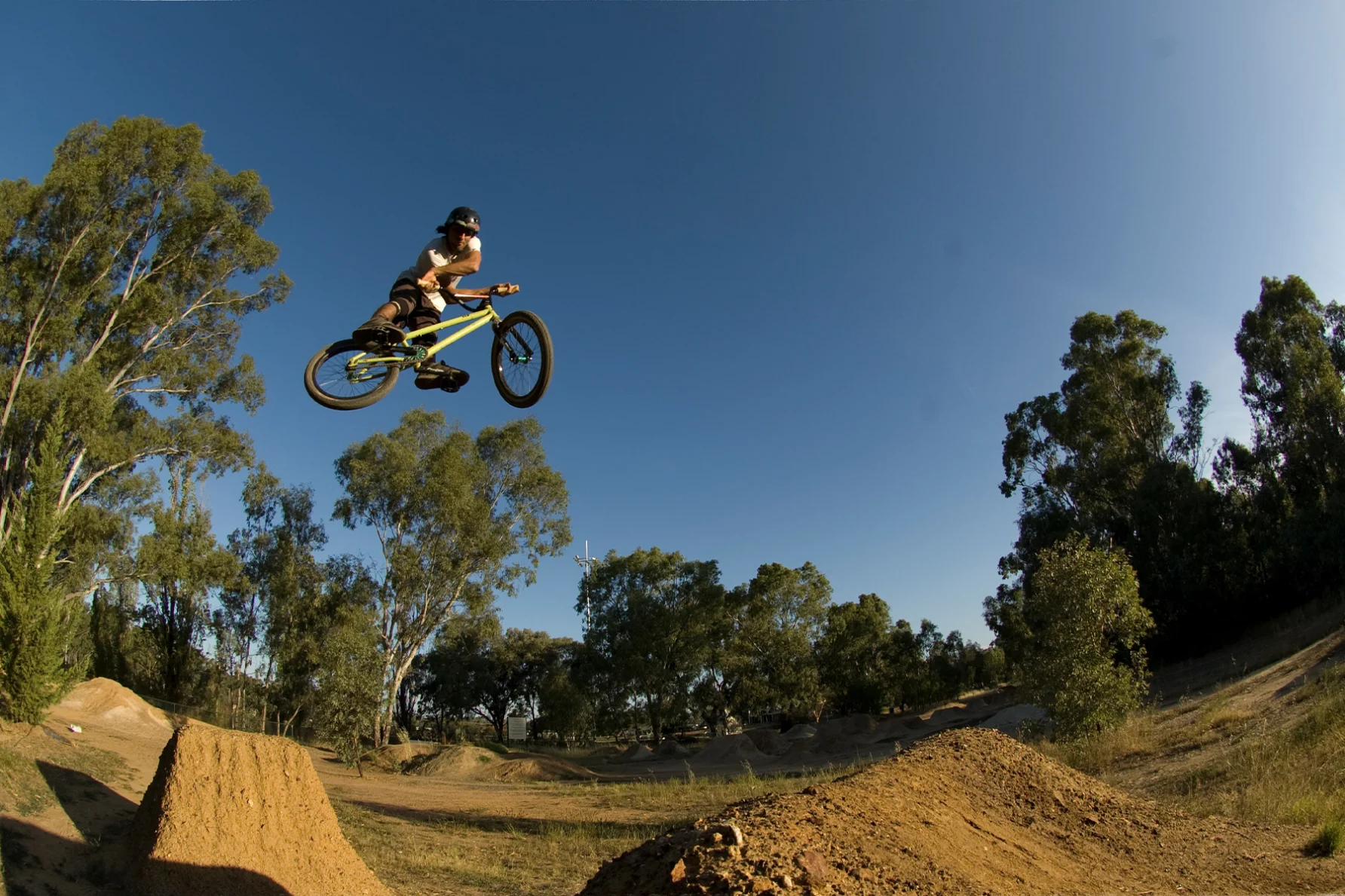
BMX has taken me to many places and helped me forge lifelong friendships. After slowing down for a few years to wrangle kids and finish my PhD, I am once again neck deep in riding and digging with friends (and kids).
The BMX for Life project aims to understand how BMX riding can contribute personal and social wellbeing as well as creativity.
I am privileged that I get to research my passion.
DIY BMX FTW
Trail riding or dirt jumping is particularly popular within the BMX riding community. Specially constructed jumps, berms and rollers made of dirt or clay, are designed for trick jumps, helping riders to flow through the track with rhythm and style.
The construction of trails and dirt jumps are often community projects driven by BMX riders and local enthusiasts. While the sophistication and technology of bikes and track building has improved over the years, kids still spontaneously construct jumps in the bushland near their homes for fun.
Some councils embrace and support BMX culture, while others take a more heavy-handed approach.
A passion for BMX riding usually begins in youth among a cohort that’s experiencing rising rates of loneliness and psychological distress, and school refusal. There is some great work being done in the riding community to support these young people – like Lighthouse Youth Projects Inc. and Karlup Wheels in Motion Indigenous Corporation (KWIMIC).
But more is needed.
Traditionally, when riders have the right land, dirt, water and shovels then DIY grassroots BMX thrives – also giving them the freedom to express their creativity. Those without adequate private land or local riding facilities often build their own makeshift tracks on public land.
For many BMX riders, these local jumps are an entry point to the sport.
It doesn’t cost anything to start nor does it require adults. There are no membership fees or rules – to join you just need to dig.
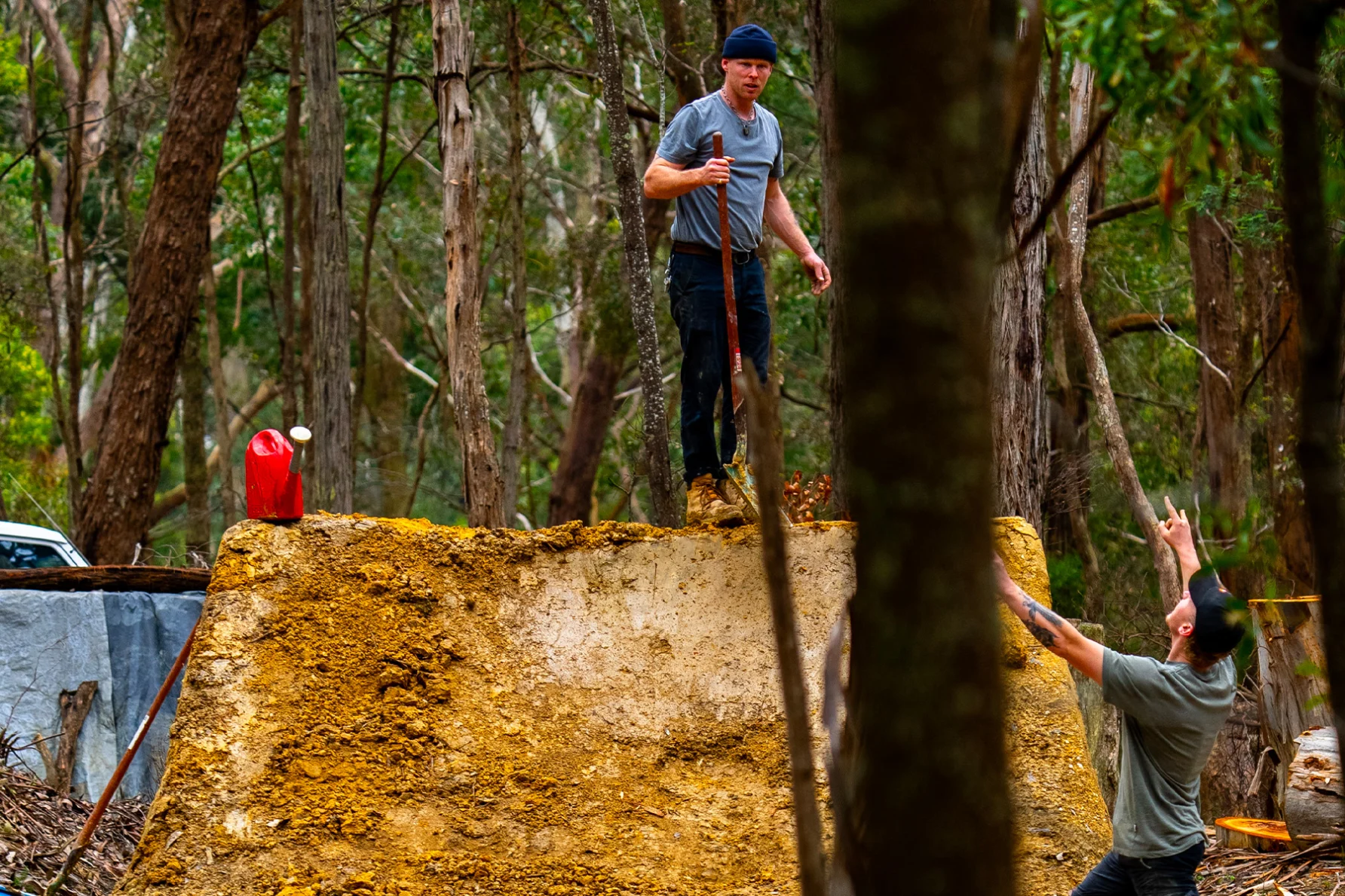
There are world-famous dirt jumps across Australia that have been volunteer run for around 25 years. Many of these, often on public land, are hidden from the general public to protect them.
These exclusionary practices have meant intergenerational knowledge sharing is more difficult and riders themselves become marginalised. These points are important when looking at our findings.
We surveyed 240 current BMX riders aged 15 plus and interviewed 26 riders from across Australia.
We asked questions aimed to measure individual and social wellbeing and how BMX riders show creativity through their actions and interactions with their environment.
Resilience and resourcefulness
We found that people living a BMX life embark on a journey of self-discovery and skill mastery through trial and error, social interactions and resilience-building experiences.
BMX cultivates resilience and resourcefulness, providing a constructive outlet for coping with stress and adversity at any age.
Our research shows that BMX can help prevent mental health challenges and its accessibility helps to promotes self-expression and self-determination, fostering a sense of belonging and agency. These are core values of the community.
Riders told us they seek enjoyment and connection through their shared passion for BMX riding – they pursue BMX for joy rather than external rewards.
We found three themes that encapsulate the benefits of BMX:
- Peer support and networks: When someone rides, their peers watch and encourage them. This is reciprocated which builds excitement among the group (the ‘stoke’). Additionally, those who both rode and built trails were even more likely to feel connected to their peers.
- Camaraderie and mutual aid: Resilience, persistence and determination are vital in BMX, and young people may drop out if they crash or feel they’re ‘not good enough’. But the message from participants in our study was clear: have fun, keep pushing on and adopt the mindset of bouncing back.
- Creative opportunities: Riders reported increased opportunities to express their creativity through BMX riding and jump building.
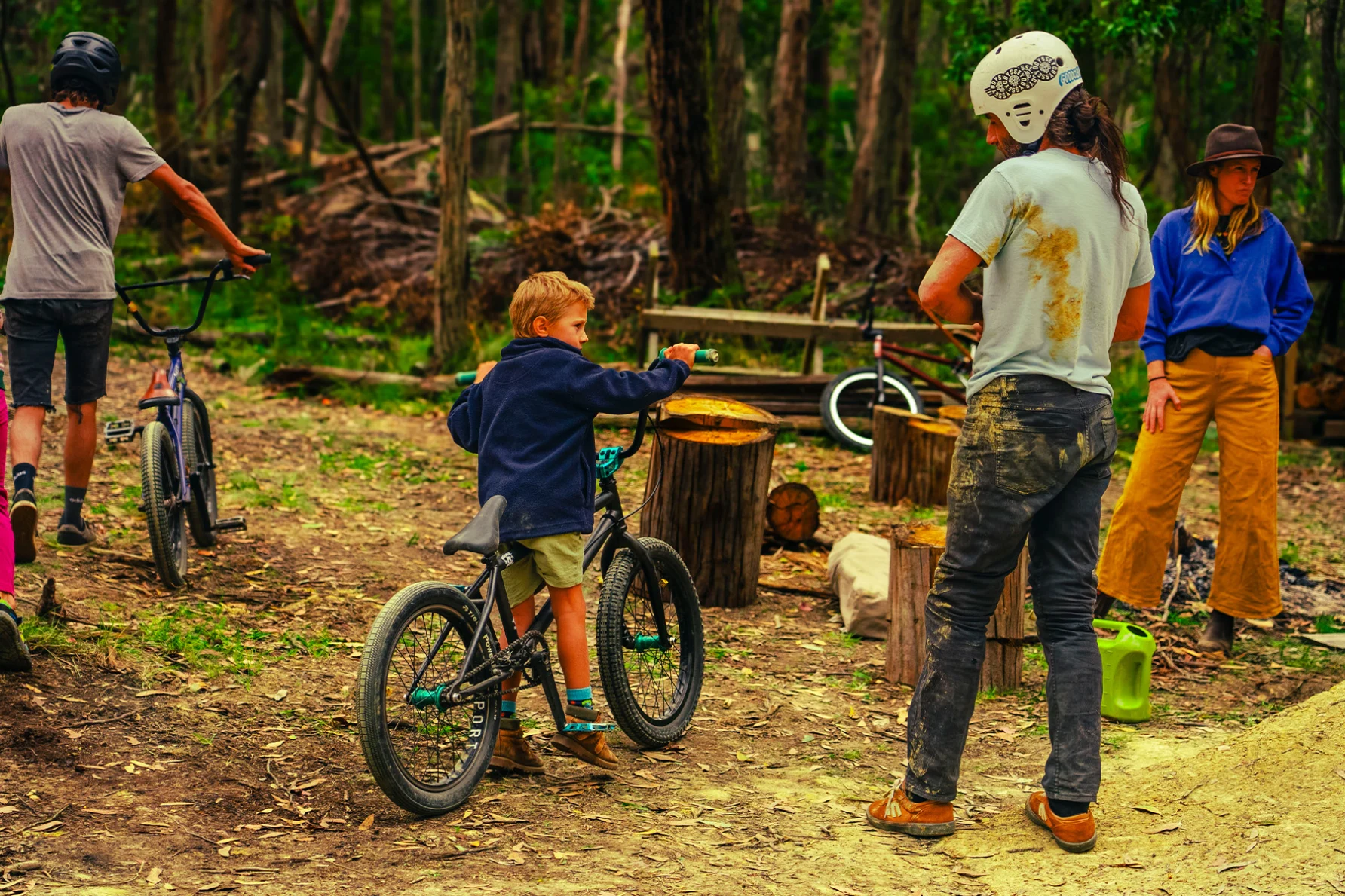
Interestingly, males displayed a stronger connection to their peers than females; those engaged in freestyle and freestyle-race BMX disciplines were more connected than those exclusively involved in racing; and trail builders, particularly males, displayed a greater sense of positive agency than non-trail builders.
Helping yourself and others
Our study highlighted the enriching and expressive potential of a vibrant, peer-connected BMX community. Participation in BMX teaches a valuable lesson: success requires hard work and failure.
While the BMX community is not immune to mental health issues, it does function as an important tool for positive mental health. Despite the risks, riders embrace the sense of reward and camaraderie that comes from pushing their limits and earning respect within the community.
Engaging in BMX riding also provides physical health benefits, serving as a protective measure against sedentary lifestyles.
BMX has attracted many young people who do not connect with more formalised, top-down team sports. The amazing thing about BMX is you get to decide how you progress and your failures are respected given the effort it took to overcome your fear and try.
Ultimately, BMX isn’t just a recreational activity; it’s a vital component of mental wellness, fostering personal growth and community cohesion in the face of challenges.
Your key ingredients for fun are a bike, a shovel, imagination and – most importantly – the will to keep on trying.

